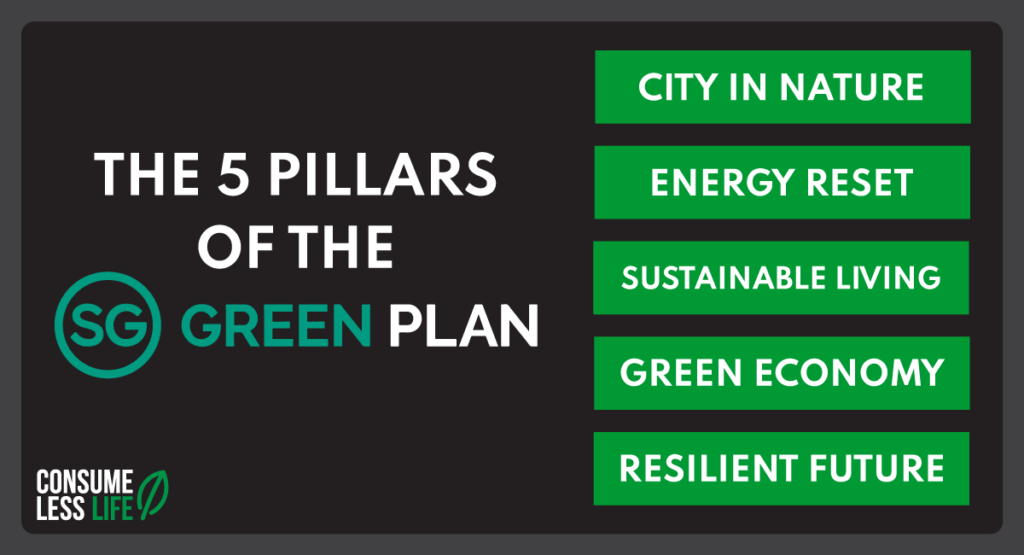The Singapore Green Plan 2030 is a holistic and forward-looking national strategy unveiled by the Singaporean government to advance the country’s sustainable development agenda. It outlines the targets and initiatives that Singapore will undertake over the next 10 years to address climate change, promote environmental sustainability, and build a resilient and livable city for its citizens.
The Green Plan is aligned with international frameworks such as the United Nations’ 2030 Sustainable Development Agenda and the Paris Agreement. It aims to position Singapore on a path toward achieving long-term net-zero emissions and contributing to global efforts in mitigating climate change.
The Green Plan is spearheaded by five ministries: the Ministries of Education, National Development, Sustainability and the Environment, Trade and Industry, and Transport. These ministries collaborate to drive action across different sectors and ensure a whole-of-nation approach to sustainability.
The Singapore Green Plan 2030 is built upon five key pillars:

- City in Nature: This pillar focuses on transforming Singapore into a green, liveable, and sustainable city. It aims to integrate nature into urban spaces, enhance biodiversity, and create a high-quality living environment for Singaporeans.
- Sustainable Living: The Sustainable Living pillar aims to promote sustainable behaviors and lifestyles among Singaporeans. It seeks to encourage the reduction of carbon emissions, the preservation of the environment, and the efficient use of resources and energy in everyday life.
- Energy Reset: This pillar is centered around transitioning Singapore to cleaner energy sources and improving energy efficiency. The goal is to lower Singapore’s carbon footprint and contribute to global climate action by adopting renewable energy technologies and implementing energy-efficient practices.
- Green Economy: The Green Economy pillar aims to leverage sustainability as a competitive advantage and create new jobs and economic opportunities. It involves developing sustainable industries, promoting green growth, and encouraging businesses to adopt environmentally friendly practices.
- Resilient Future: This pillar focuses on building climate resilience and enhancing food security in Singapore. It includes measures to address climate change impacts, strengthen infrastructure, and ensure a sustainable and secure food supply for the nation.
These five pillars provide a comprehensive framework for Singapore’s sustainability efforts, covering various aspects of environmental conservation, resource management, and climate resilience. The Green Plan’s multi-sectoral approach involves collaboration between different ministries, industries, and the public to achieve its goals.






